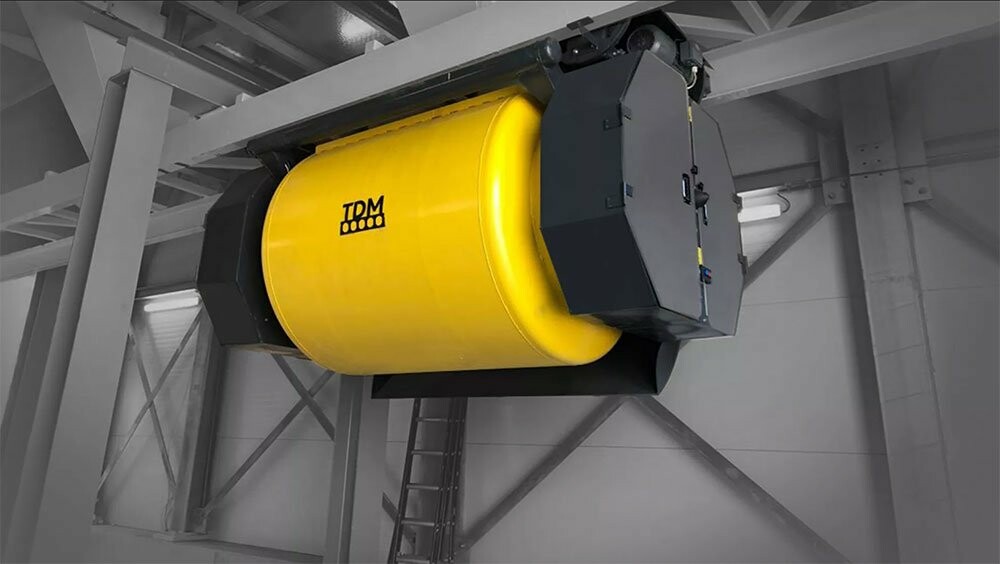In today's world, the precast concrete manufacturing industry faces challenges to improve efficiency and product quality. Automation is becoming a key tool to achieve these goals, allowing companies to optimize processes and reduce costs.
Optimizing concrete distribution
One of the critical steps in the production of precast concrete products is the delivery of the concrete mix from the mixing station to the forming area. Traditional methods are often associated with time delays and increased labor costs. Implementing automatic concrete distribution systems, such as those from TDM Engineering, can significantly reduce mix delivery time and improve batching accuracy. These systems include rail tracks and self-propelled drums, ensuring smooth and accurate delivery of material to the molding site.

Steam room automation
Heat and moisture treatment of concrete plays an important role in accelerating the curing process. Automation of steaming chambers allows precise control of temperature and humidity parameters, which helps to improve product quality and reduce the number of rejects. State-of-the-art control systems ensure adherence to specified steaming schedules, minimizing human error and increasing overall productivity.
Integration of flexible manufacturing systems
Implementing flexible production systems allows plants to respond quickly to changes in product types and volumes. Automatic concrete distribution in precast concrete plants allows for rapid equipment changeover and optimization of production processes, which is especially important in a dynamic market. The use of such systems helps to reduce costs and increase the competitiveness of the plant.
Advantages of automation
Automation in precast concrete plants brings many benefits:
- Cost reduction: Reducing the need for manual labor and optimizing the use of resources leads to reduced production costs.
- Improved quality: Precise control of process parameters ensures consistent product quality.
- Workplace safety: Reduced human involvement in hazardous processes reduces the risk of workplace injuries.
- Production flexibility: Ability to quickly adapt to changes in orders and market requirements.
Introduction of automated systems at precast concrete plants is a strategic step to improve efficiency, quality and competitiveness of production. Modern technologies allow not only to optimize current processes, but also to create a basis for further development of the enterprise in the conditions of constantly changing market.
This is not just a step forward, but a full-fledged transition to a new level of production culture. When routine goes to automation, the team has the opportunity to focus on quality control and development. This means that the plant doesn't just work faster - it becomes smarter and more flexible.


